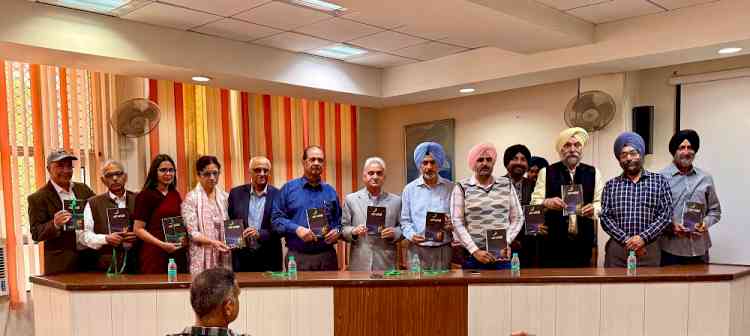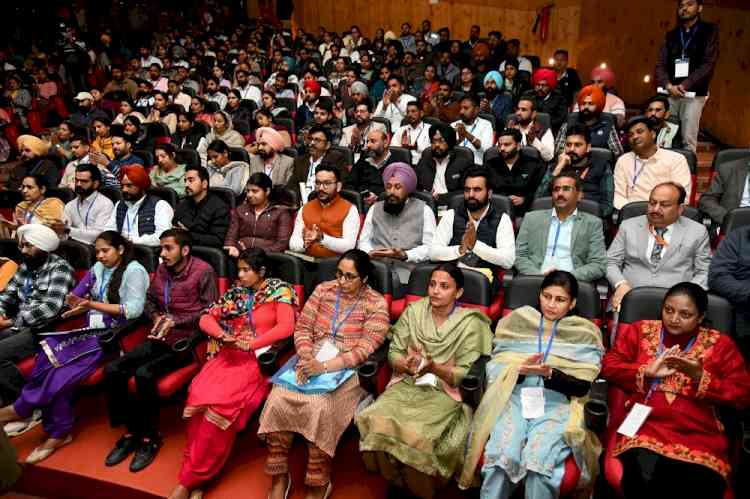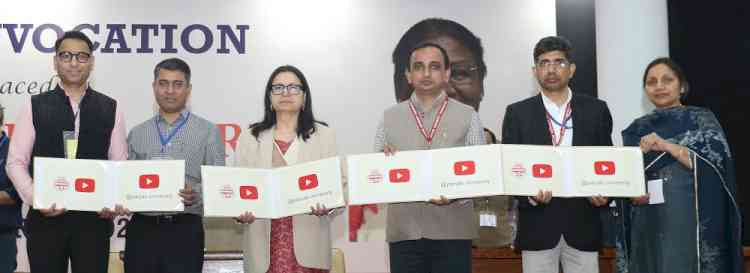OPINION: Right to Education Act: Challenges before the Government
Author(s): Harish K. MongaThe Author. The budget for implementation of the RTE Act throughout the country is just half of the amount spent on the 2010 Commonwealth Games, so funds are scarcely the problem. Why is there a resistance to...


The Author.
The budget for implementation of the RTE Act throughout the country is just half of the amount spent on the 2010 Commonwealth Games, so funds are scarcely the problem. Why is there a resistance to complete implementation of the Act from states, centre and civil society?
India is home to 19% of the world’s children. About one-third of its population (around 48 crore, according to the 2001 census) is below the age of 18, and around 74% of this population lives in rural areas. The population of people in the age-group 0-25 years is 56 crore, which in turn is 54% of the country’s total population. Indeed, India has the world’s largest number of youngsters.
Around 1,618 languages, 544 dialects and 1,942 mother languages are spoken in India ; schools impart education in 148 different mediums.
Some 27,000 small and big newspapers and magazines are published in the country. All of this poses a huge challenge to India to produce educated and empowered young citizens.
India also has one-third of the world’s illiterate population -- a worrisome trend. It’s not as though literacy levels have not increased. If we look at the 2011 figures, 74.04% of people above the age of seven are literate. The male literacy level has reached 82.12%, while female literacy has touched 64.46% (the difference between male and female literacy level is 16%).
It’s worth mentioning, however, that in the period between 2001 and 2011, the increase in male literacy was just 6.88%. Similarly, the rate at which male and female literacy levels increased between 1991 and 2001 -- male by 12% and female by 14.4% -- has slowed down. Therefore, total literacy growth of 12.6% (from 1991-2001) has declined to 9.21%.
The right to education is a universal entitlement to education, a right that is recognized as a human right. The right to education also includes a responsibility to provide basic education for individuals who have not completed primary education. In addition to these access to education provisions, the right to education encompasses the obligation to rule out discrimination at all levels of the educational system, to set minimum standards and to improve quality of education
The Right to Education was introduced with a view to provide education to all and no fee up to 8 standard from all students and girls, is to be charged putting an extra burden on the private aided schools, who are managing to add 5 per cent in the 95 per cent grant for the teachers to the sanctioned posts besides managing the day today expenses to run the school affairs.
Whereas on the other hand, with the ban of recruitment for the last ten years in the 484 government aided schools, high and second secondary, running in the Punjab State , the posts of 100 per cent principals and about 60 per cent teachers of different categories are lying vacant and schools have become of pitiable condition. At present, approximately 4500 posts are lying vacant and in the absence of these posts, the standard of pass-outs can be well imagined.
On the other hand, the parents taking the advantage of RTE Act are not ready pay any amount under the unscheduled heads, which the private schools are demanding to generate the funds to run the day today school affairs like that of 5 per cent to be added in the salary of the teachers, electricity bills, administrative expenses. These are not possible to be met out from the fee of the students of two classes in the high schools and four classes of higher secondary schools.
The school managements are also demanding either to take over or merge these aided schools. The other option is that these schools may be compensated by way of subsidy in lieu of implementation of RTE Act to give free education up to 8th standard students.
One view is that the Punjab Government must take over the staff of aided schools as it will be in the best mutual interest of both the employees and the government. But to take this decision is not easy task as some of the managements may not agree to hand over the infrastructure and without which it would not be possible to run the schools.
All the interests have to be watched – students, staff, school managements and implementation of Right to Education Act in its real sense. Taking over or merging of teachers of aided schools is not the solution as the private management would manage their schools by raising the school fee and standard of education by recruiting the qualified staff keeping in view the capacity of the people. The solution only lies in 100 per cent compensating all the aided schools for implementation of RTE Act in its real sense, by creating a special budget for education next to defence and food.
(Disclaimer: The views expressed by the author in this article are his own and do not necessarily reflect the views of City Air News.)


 cityairnews
cityairnews 





